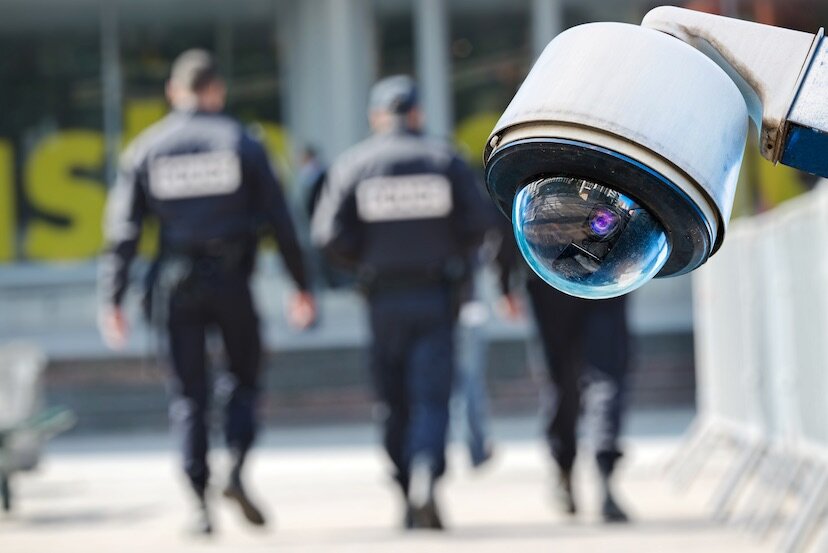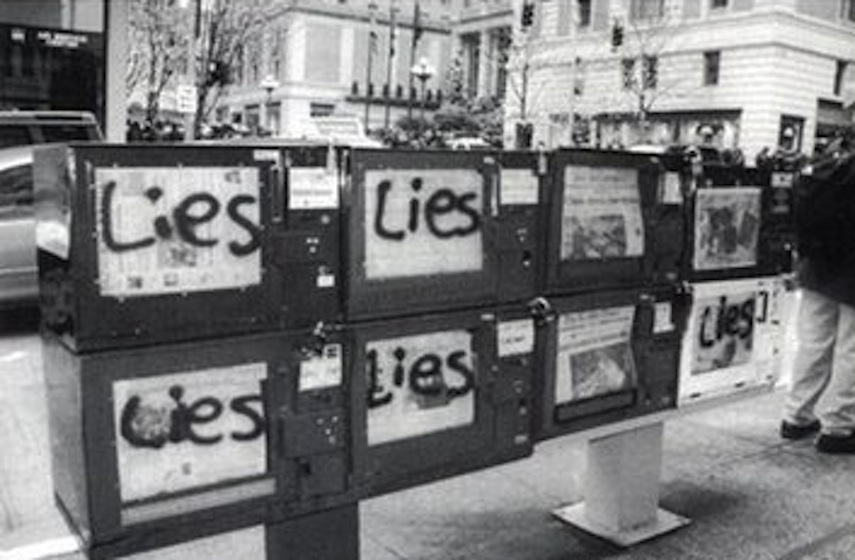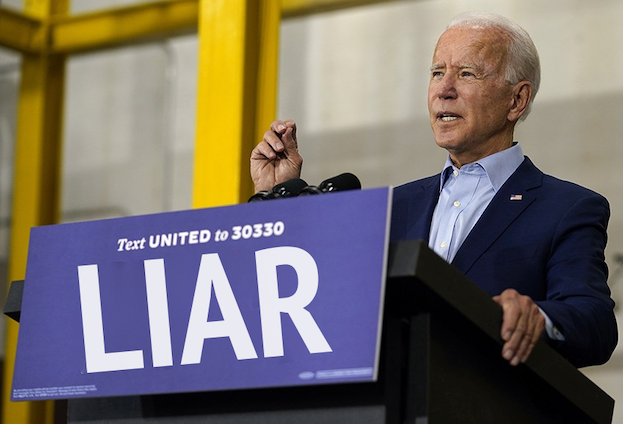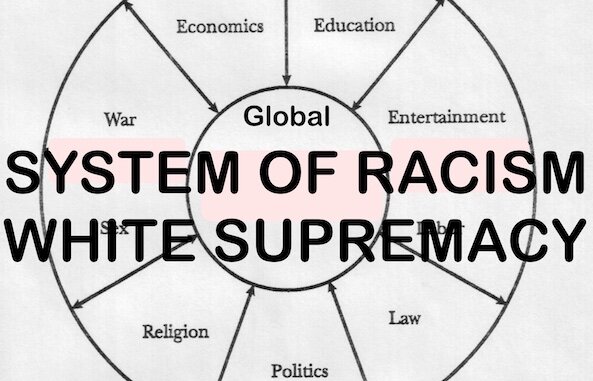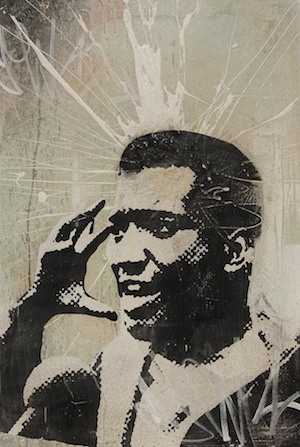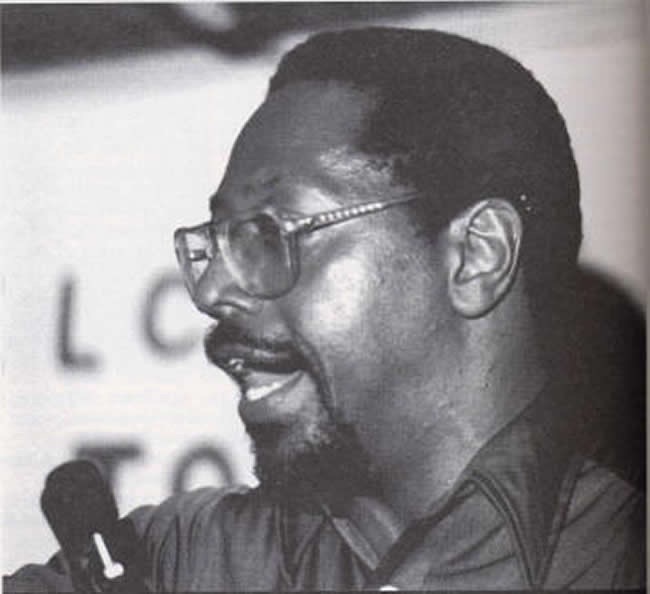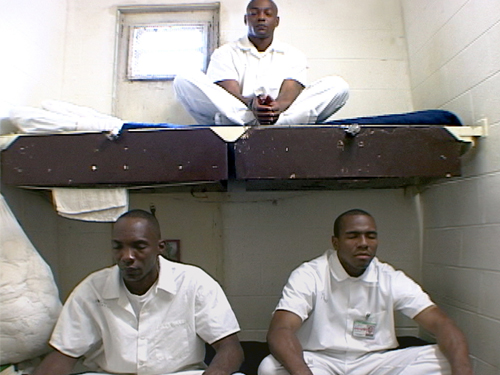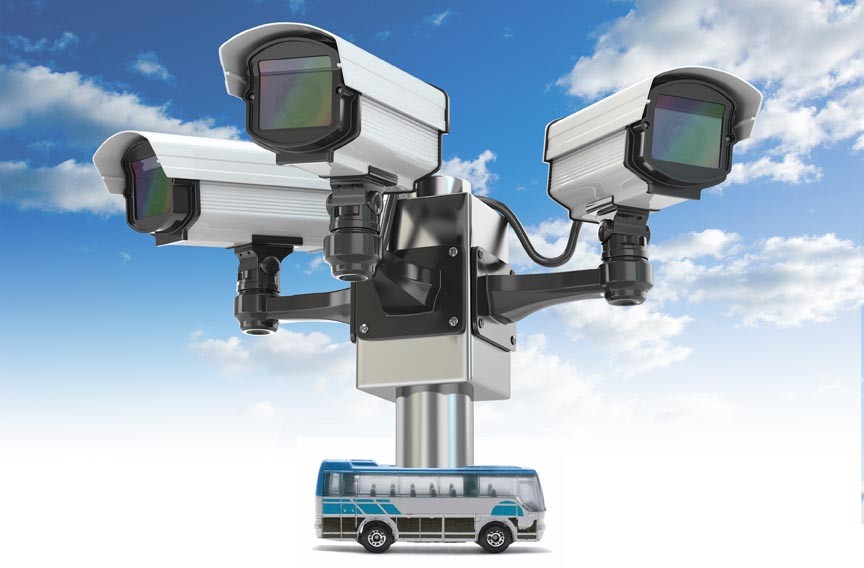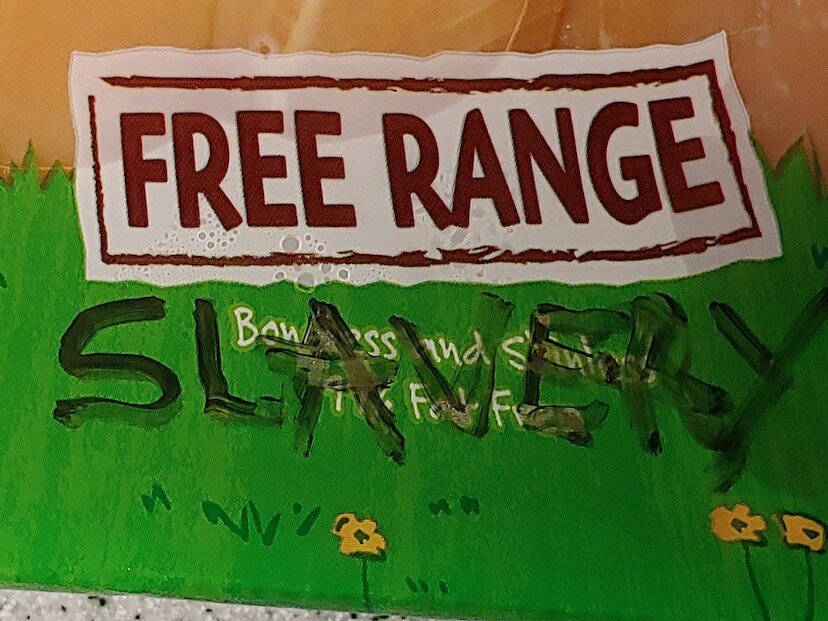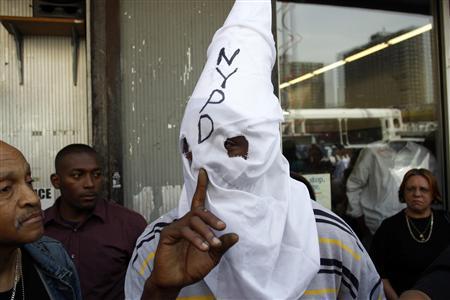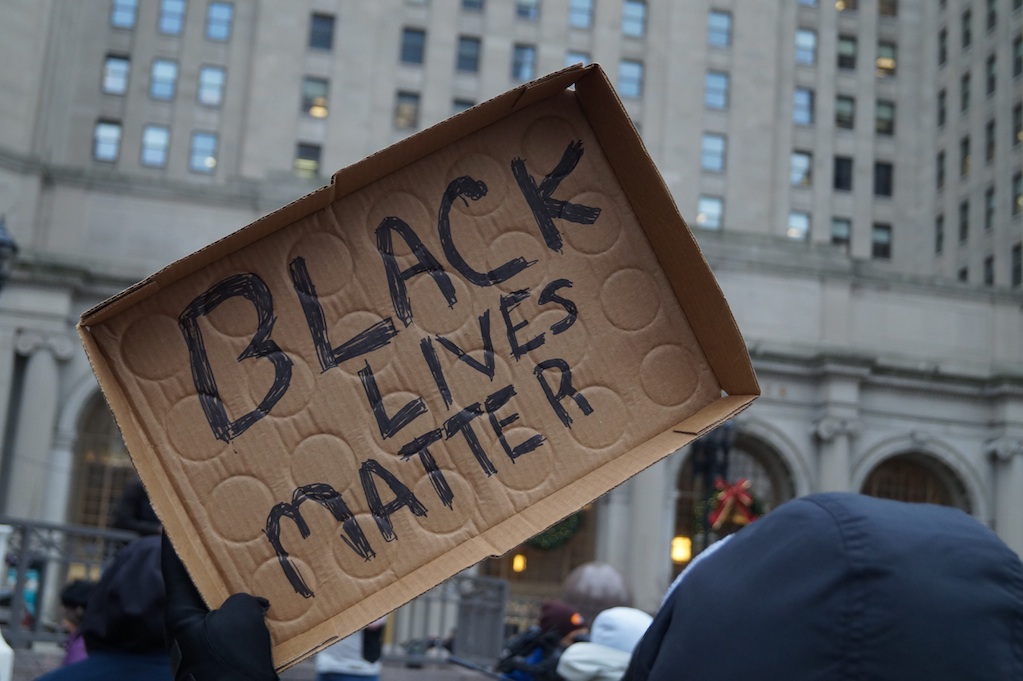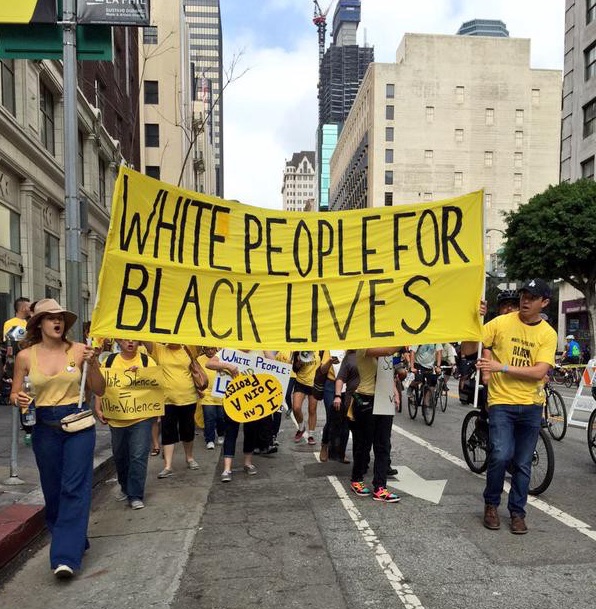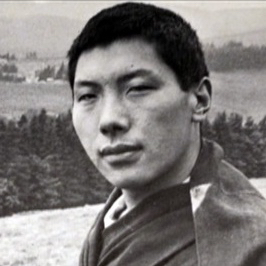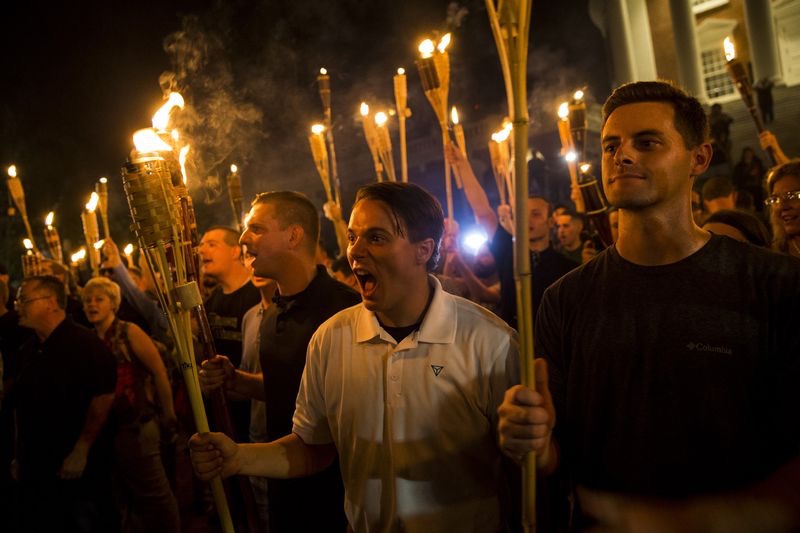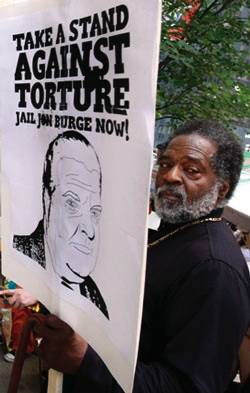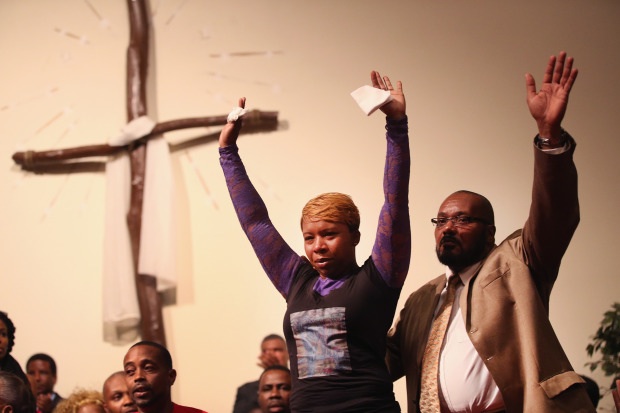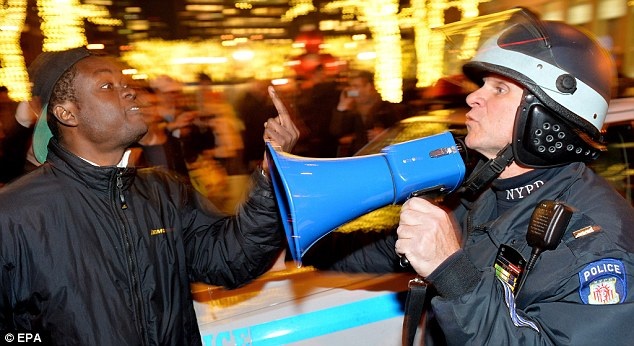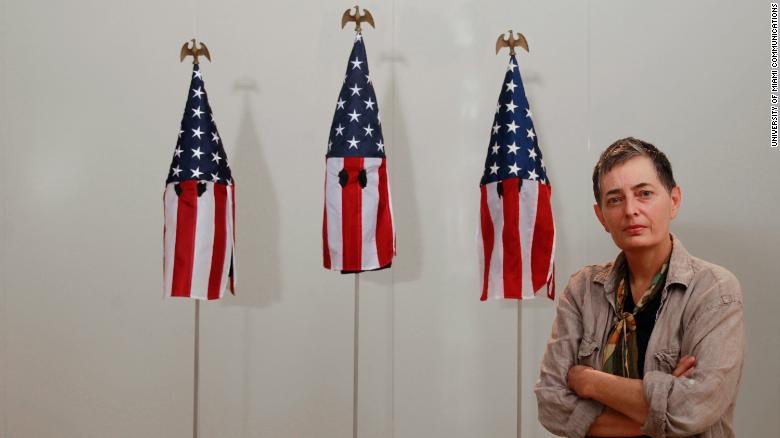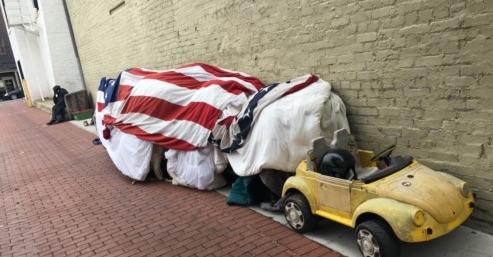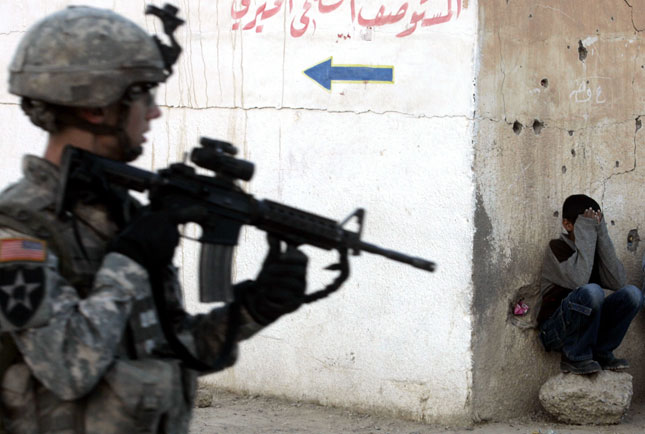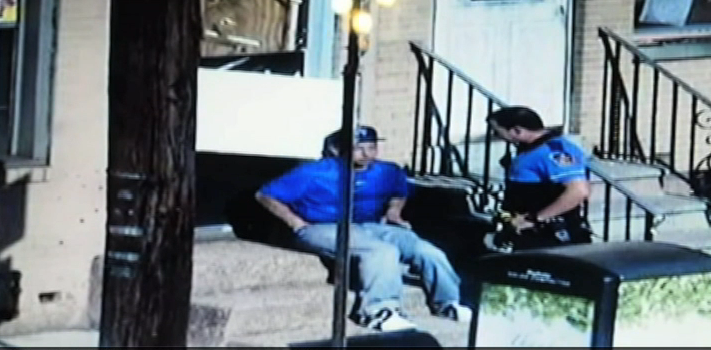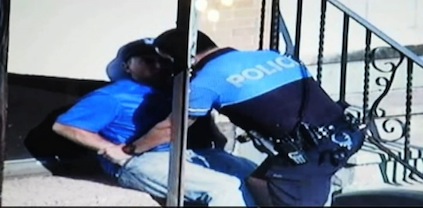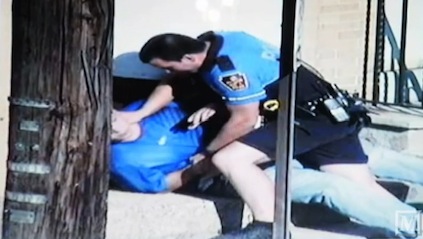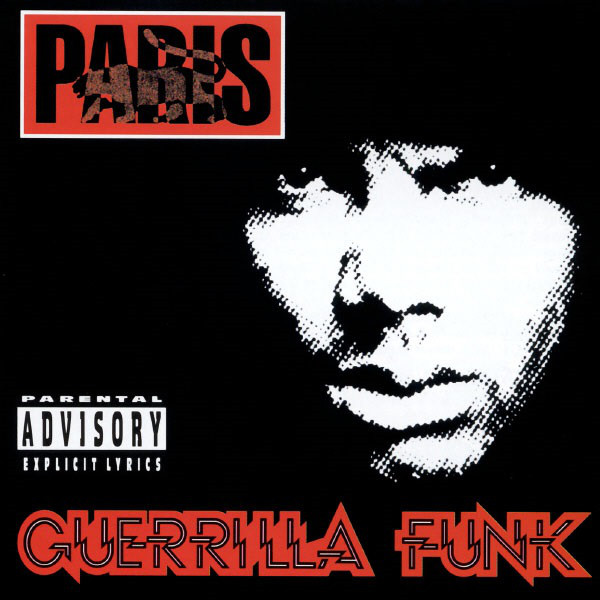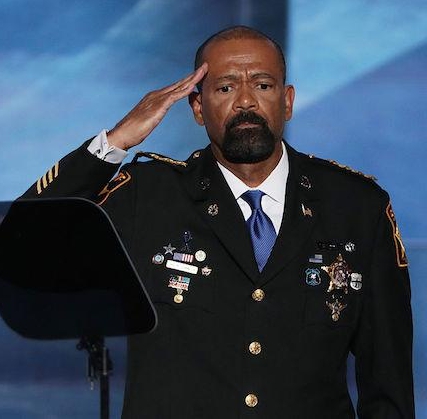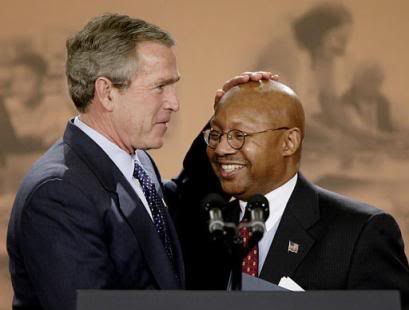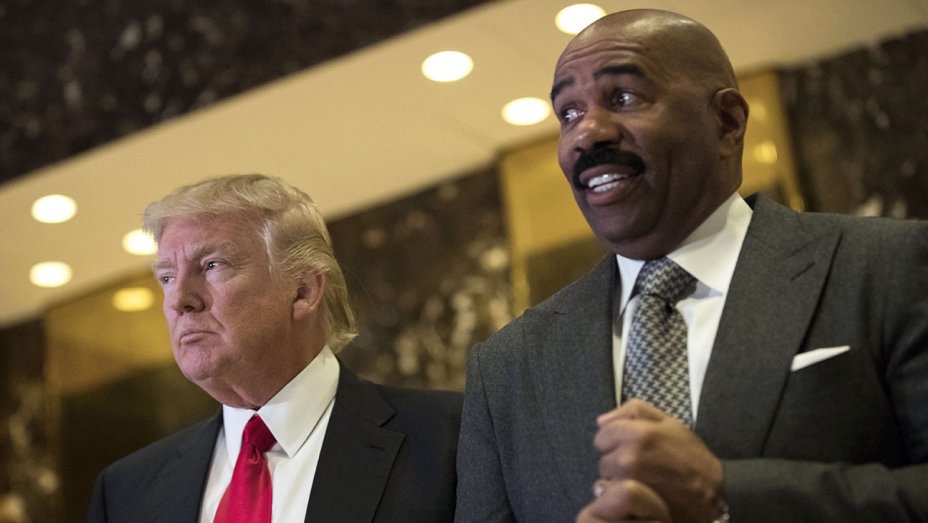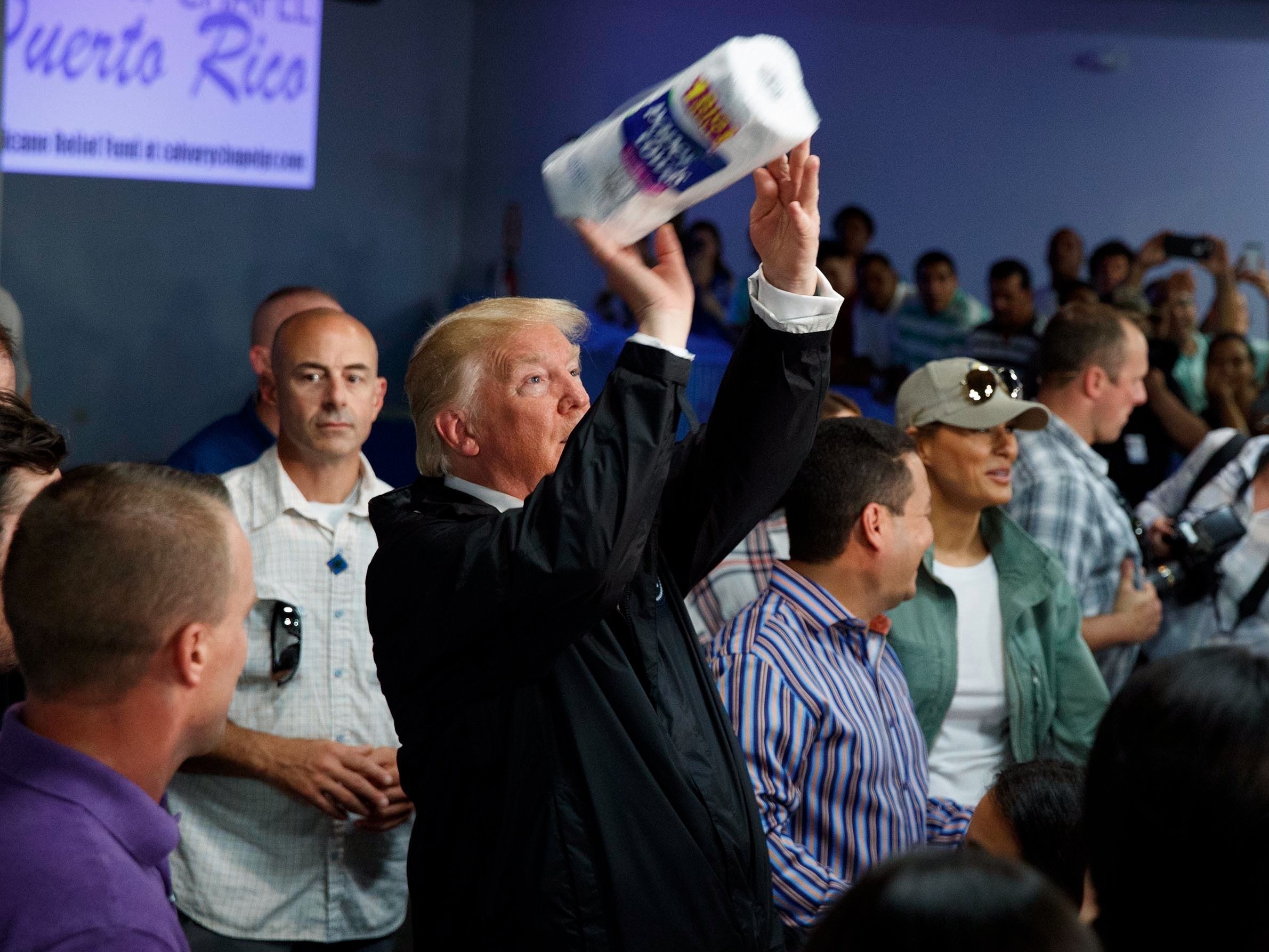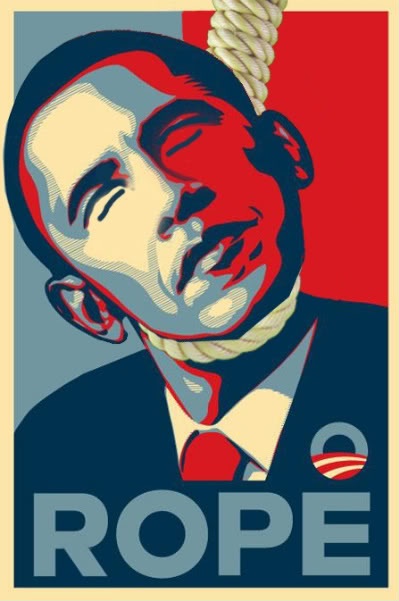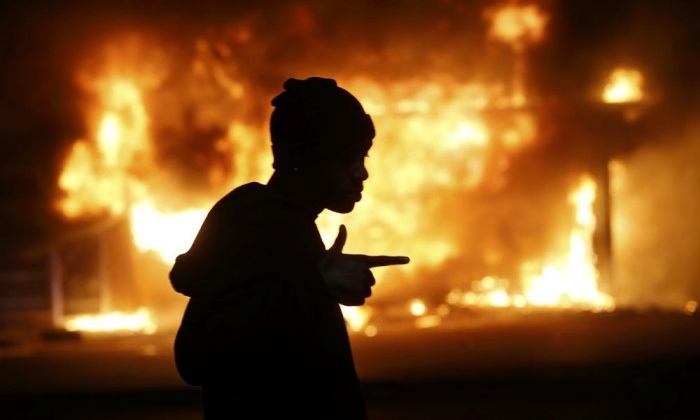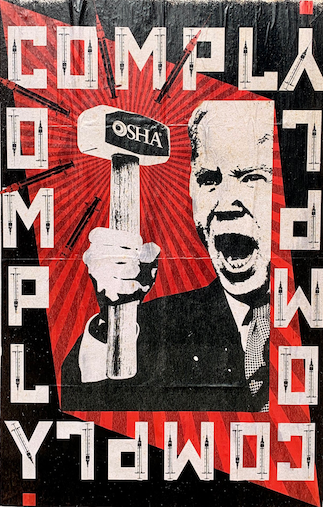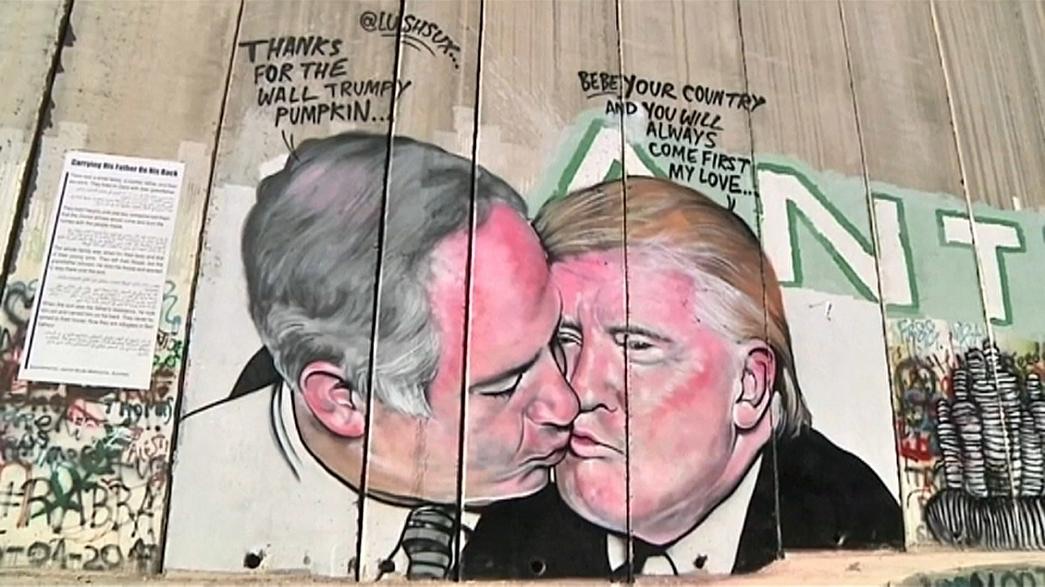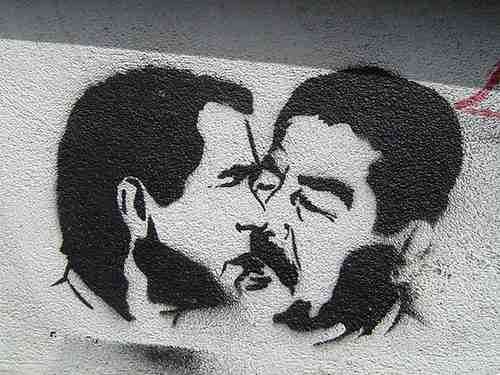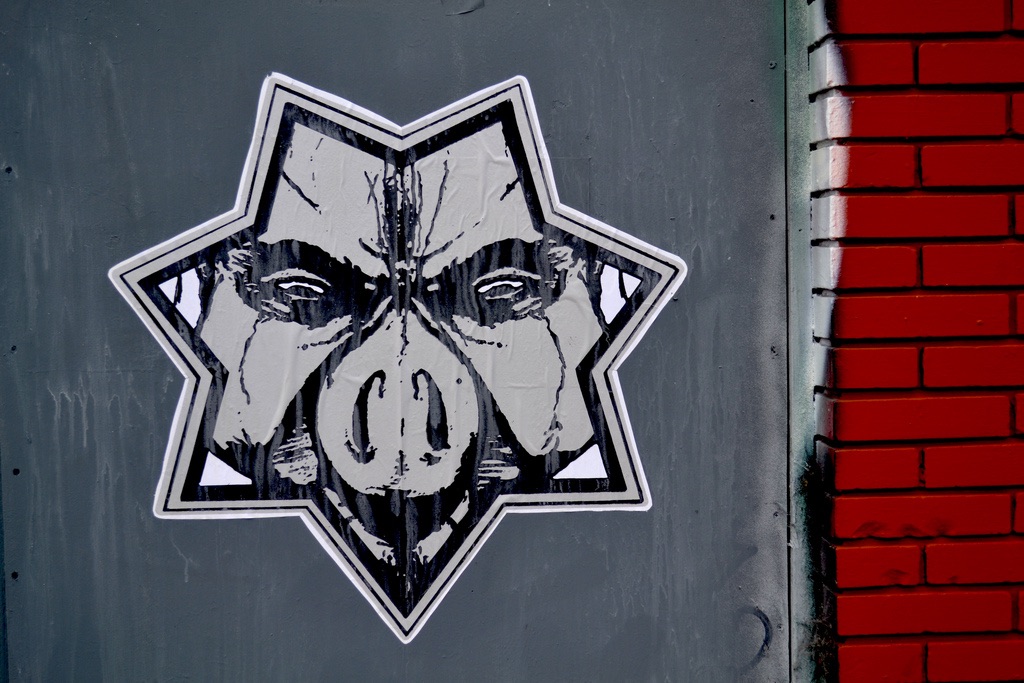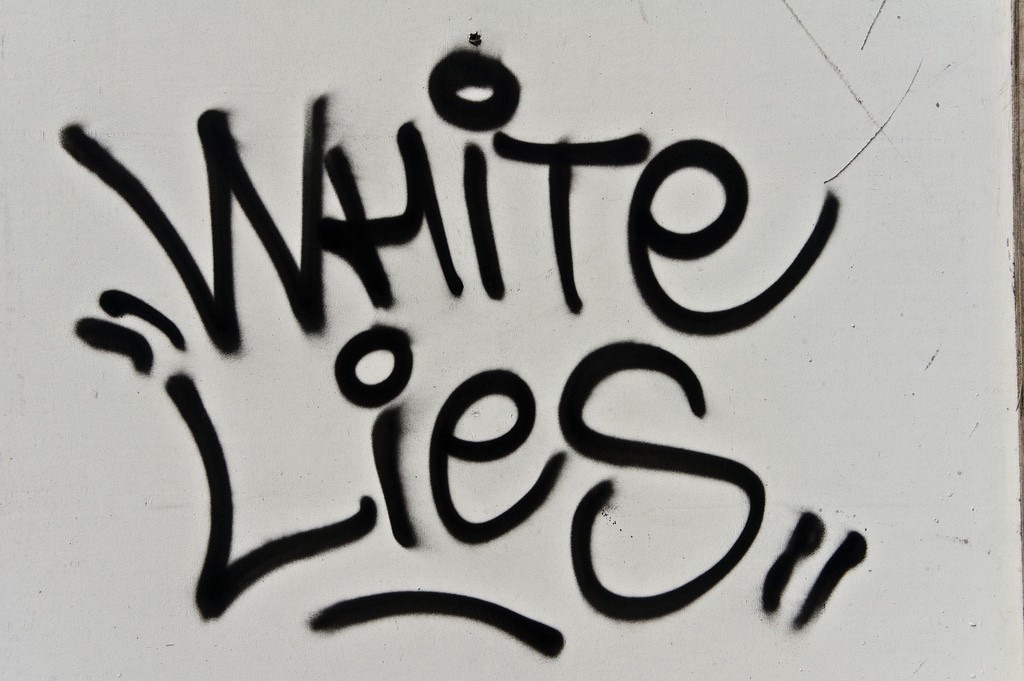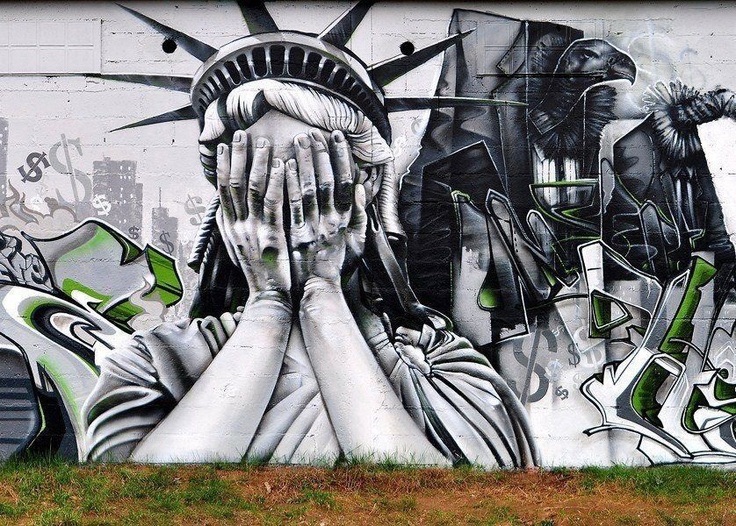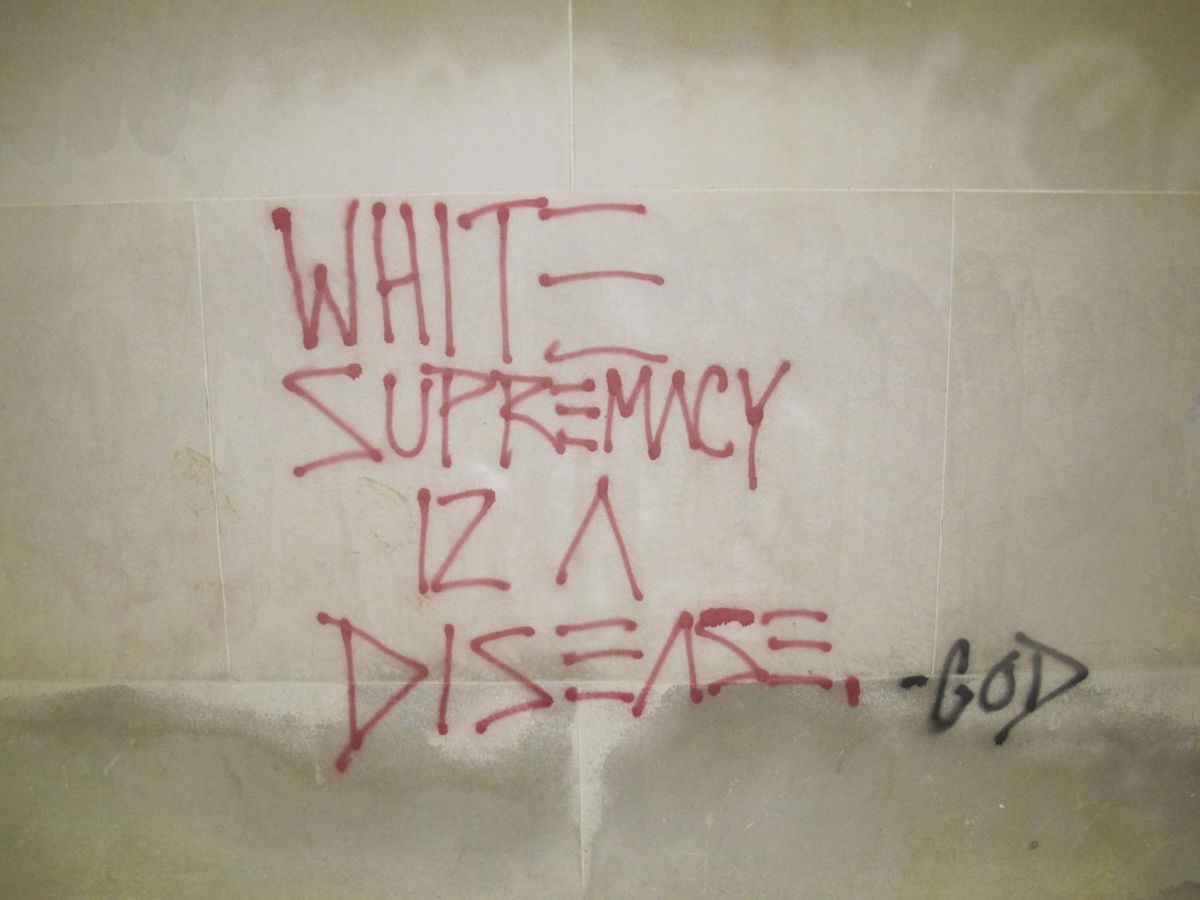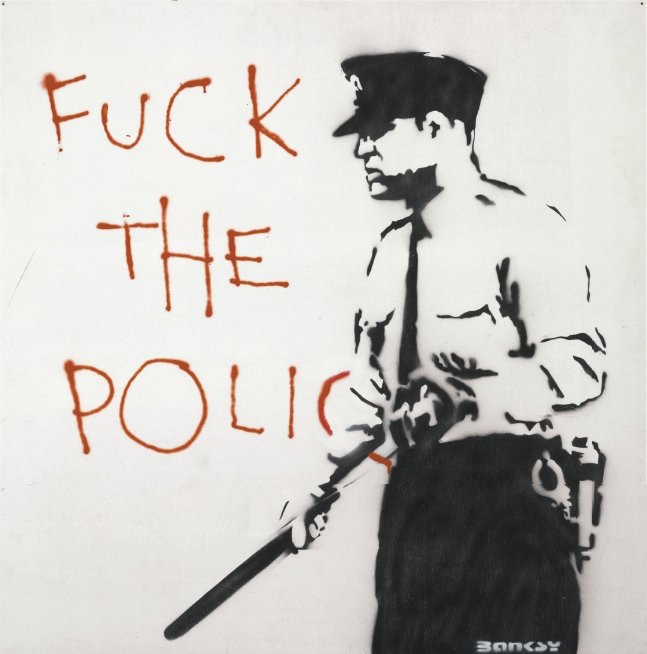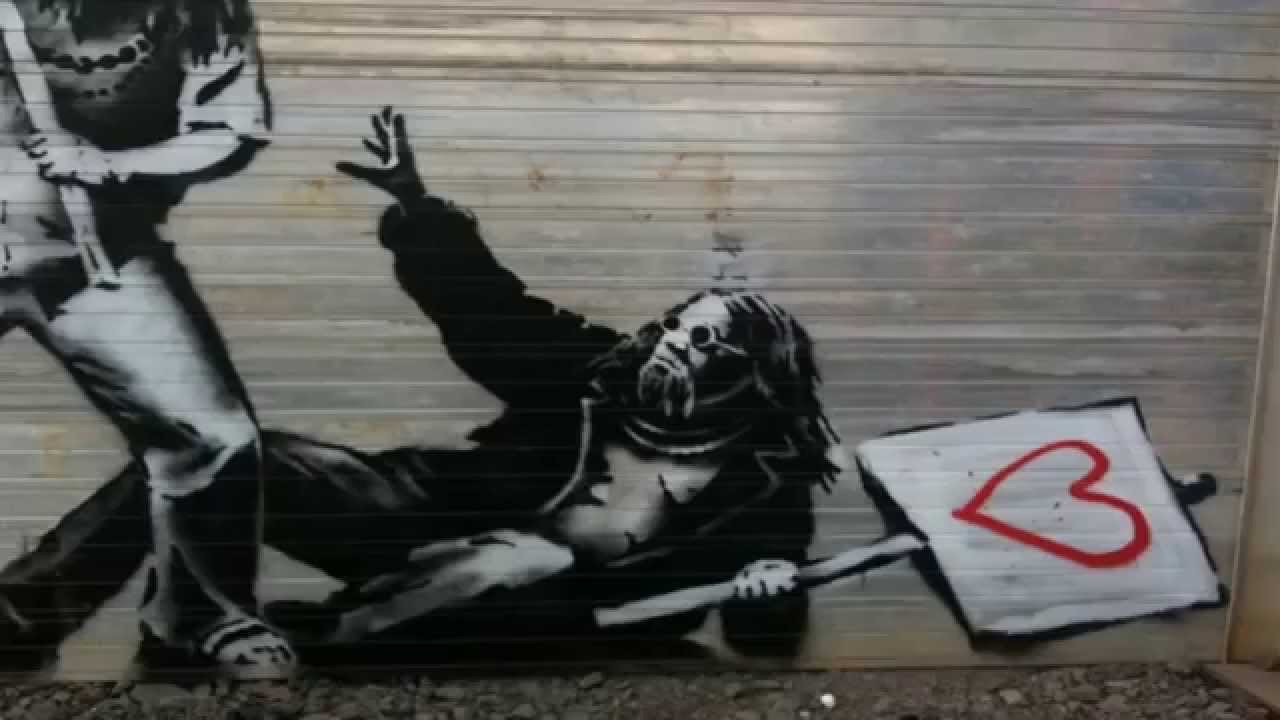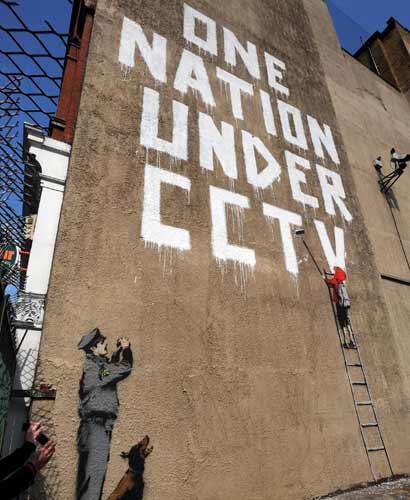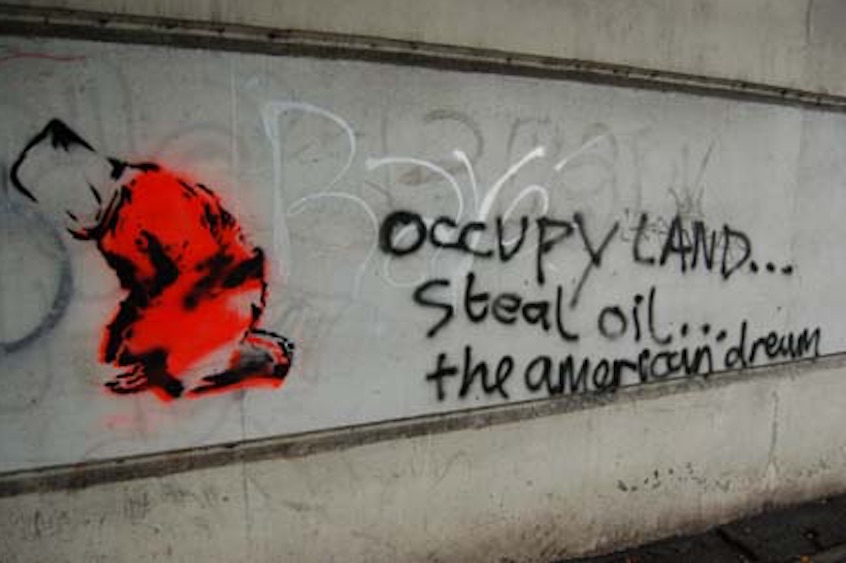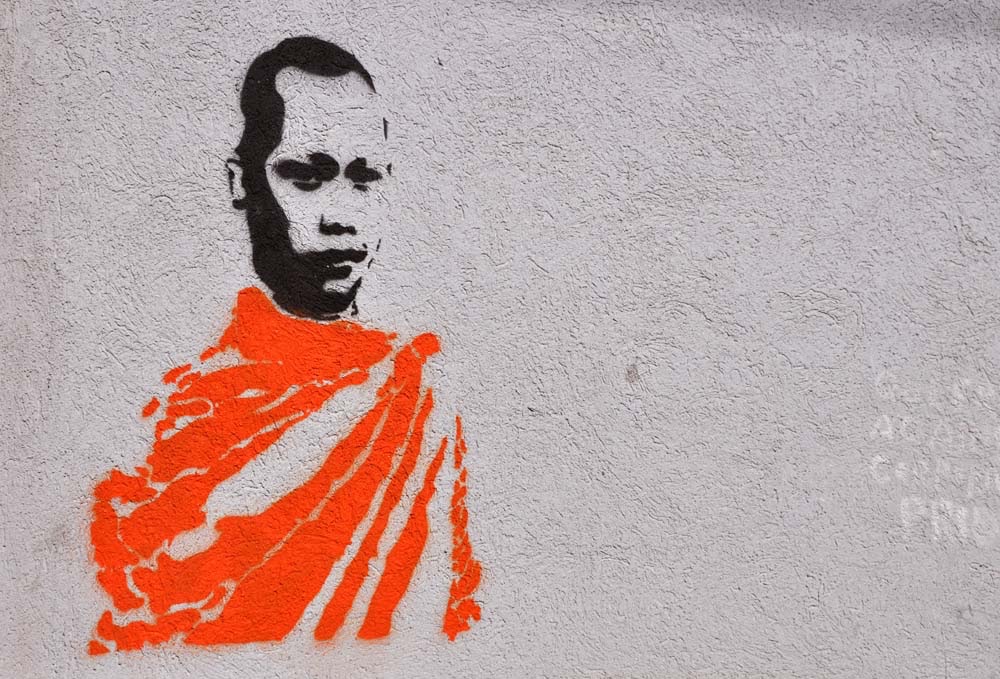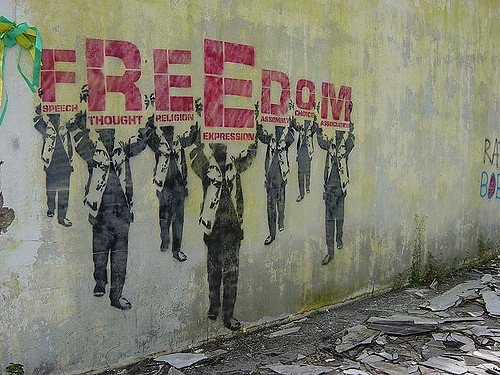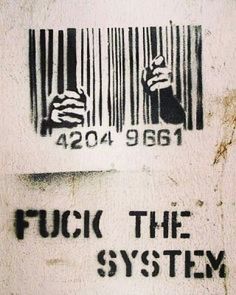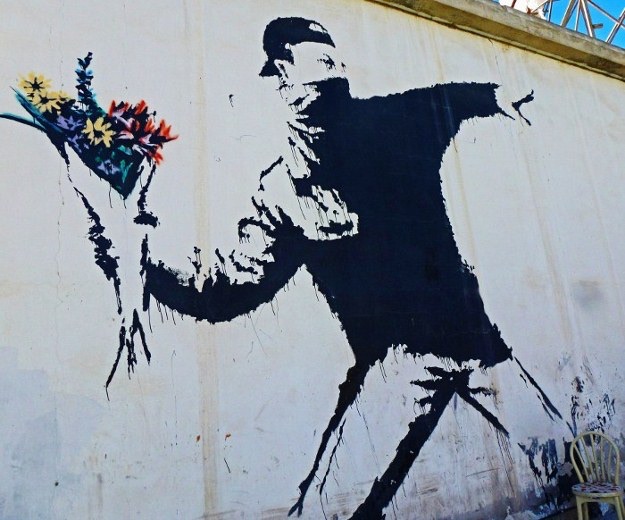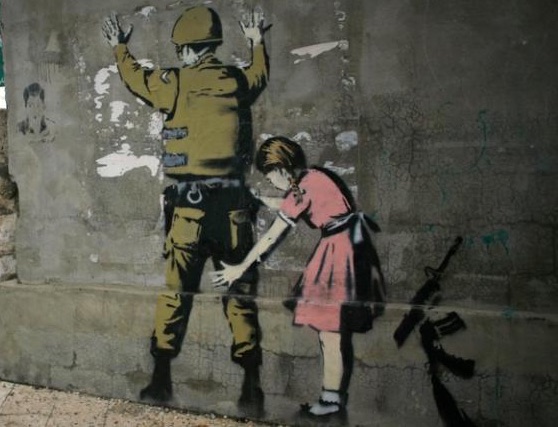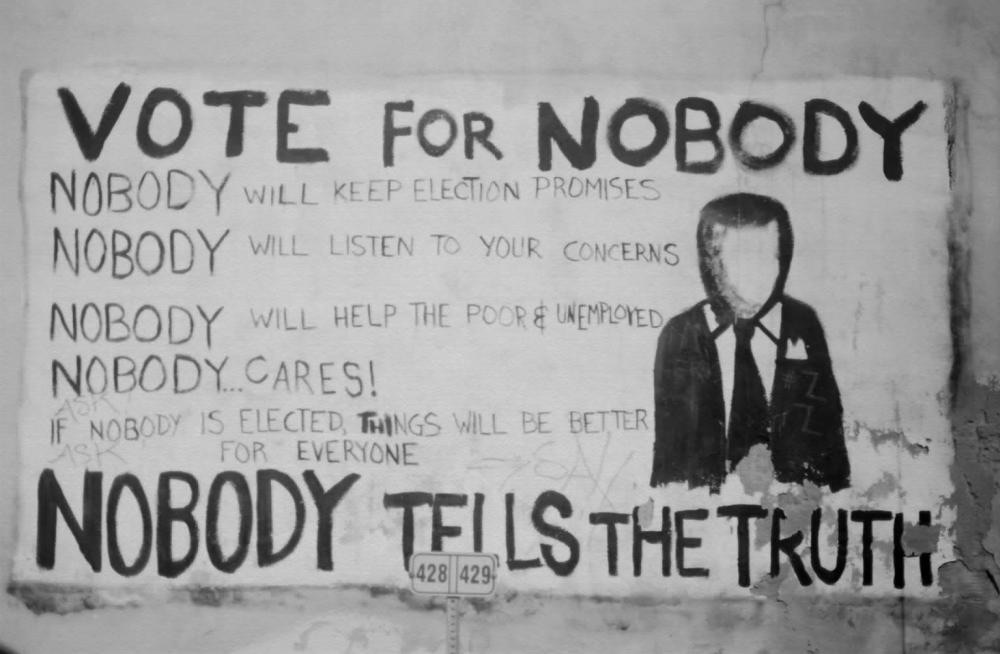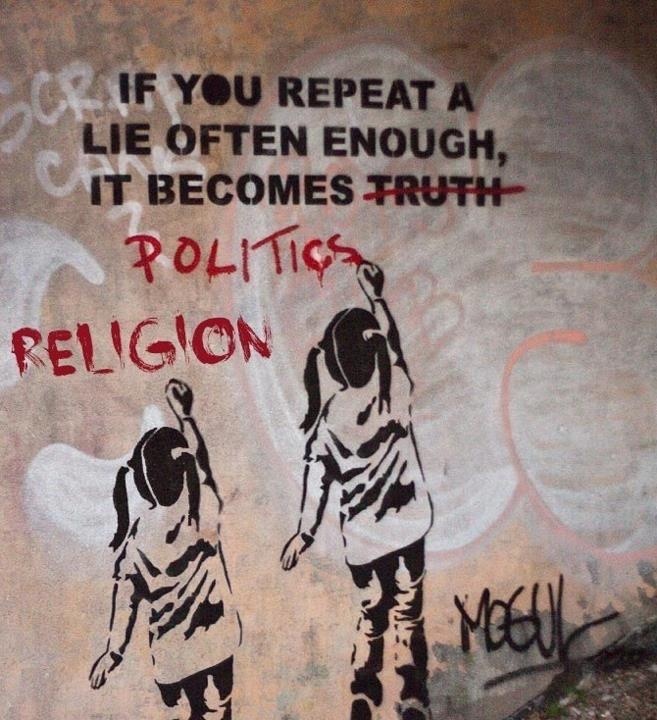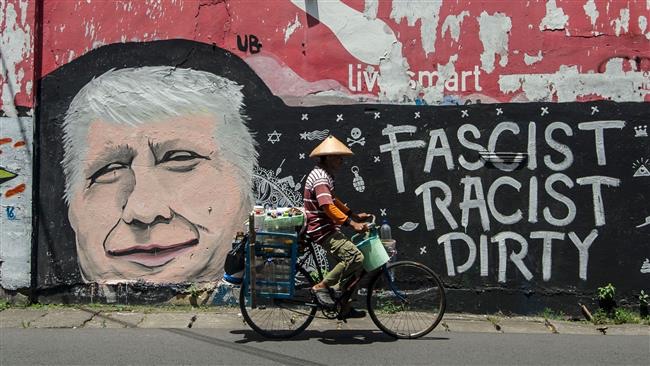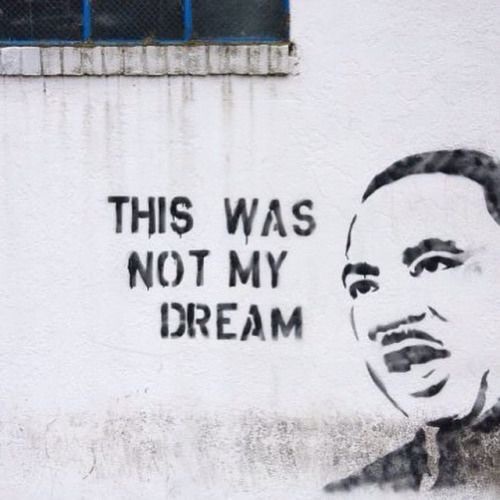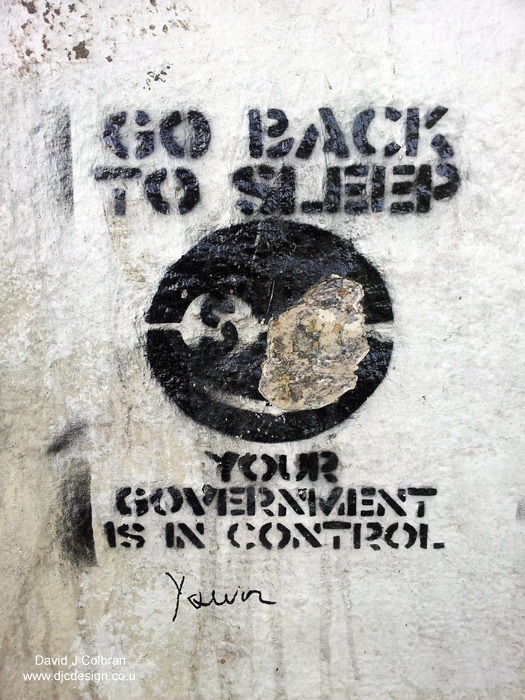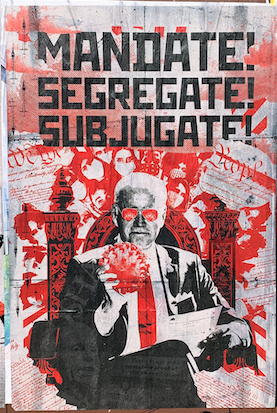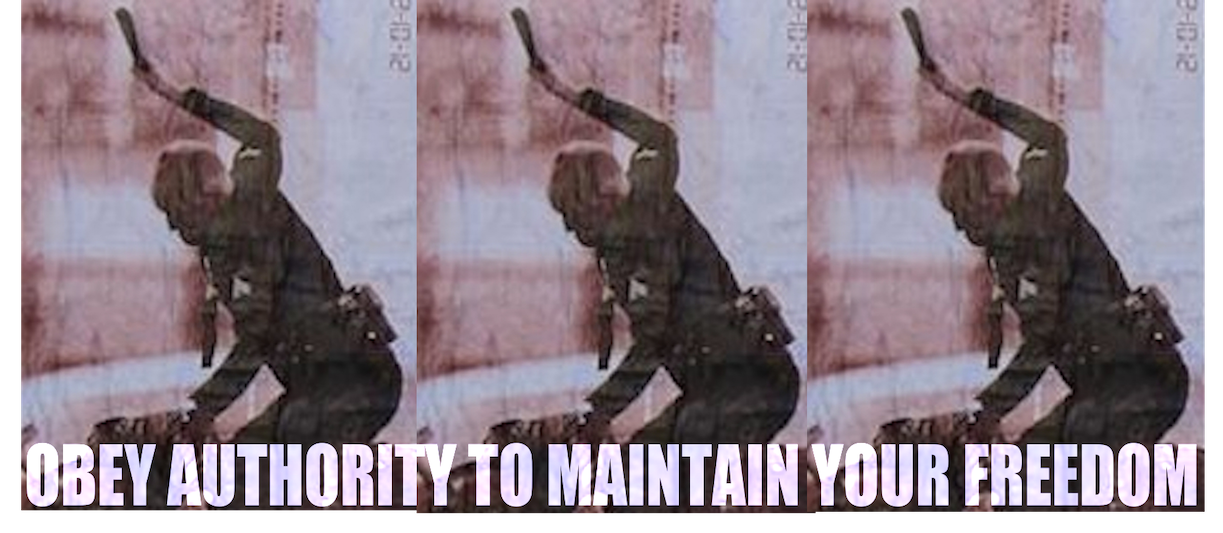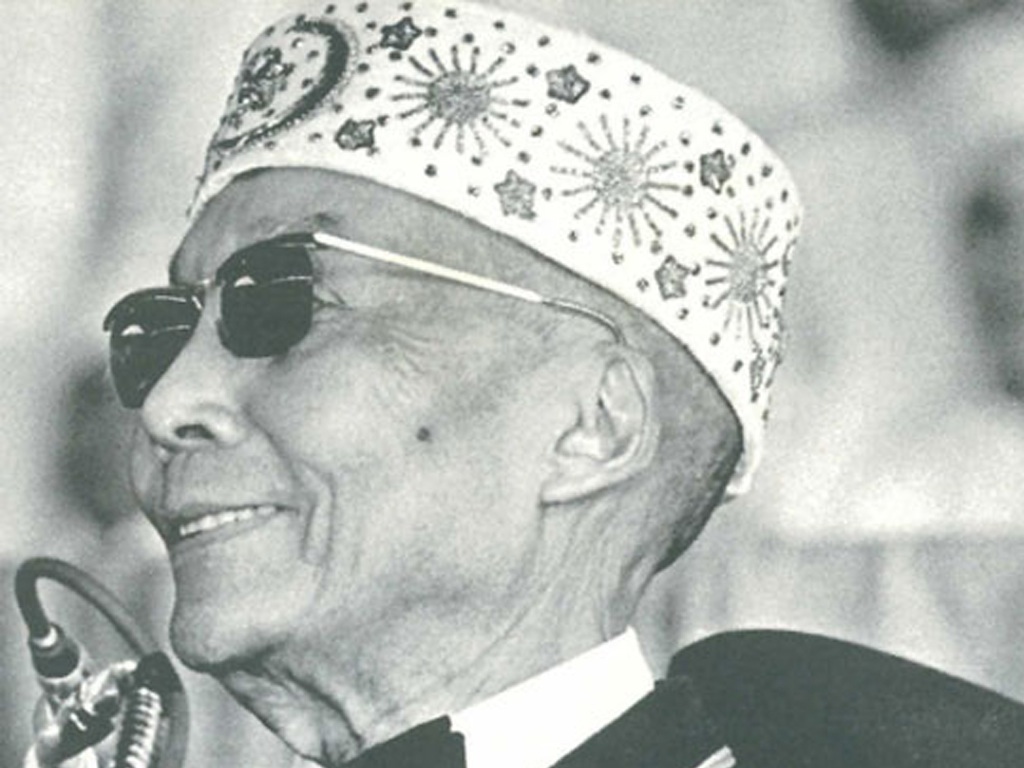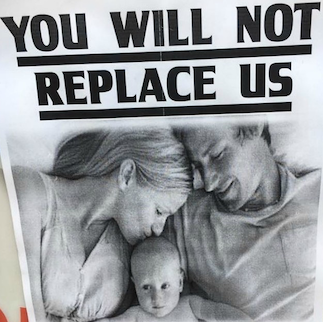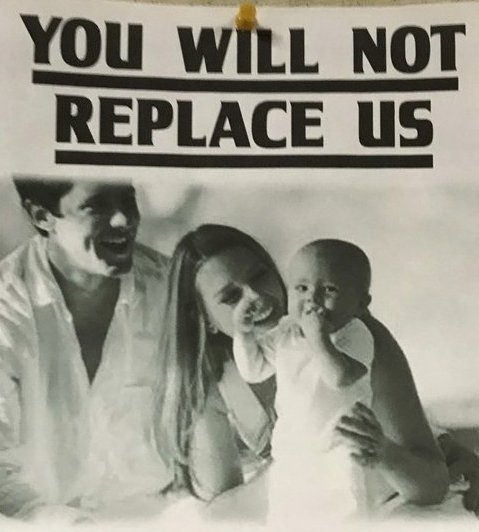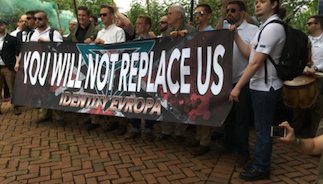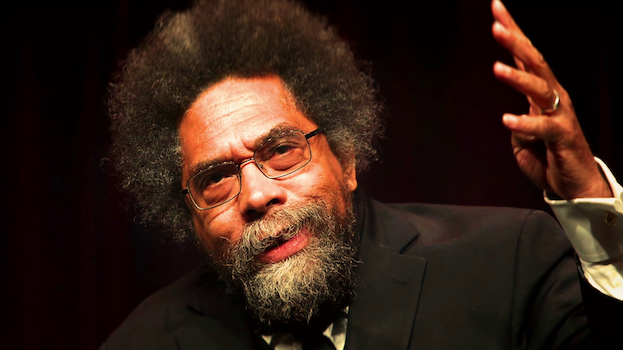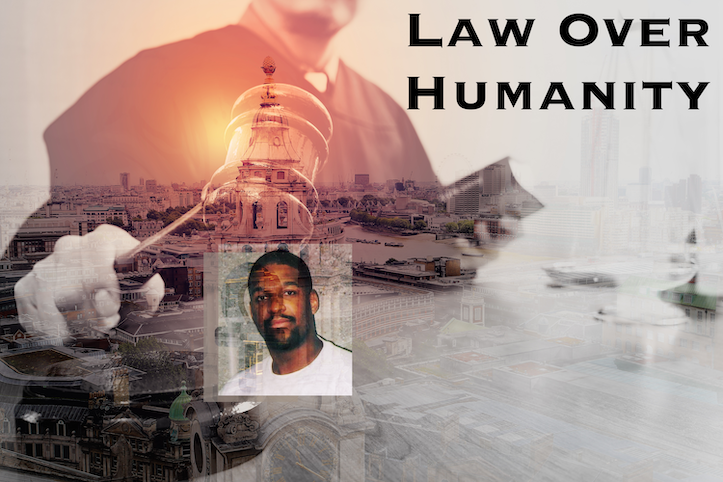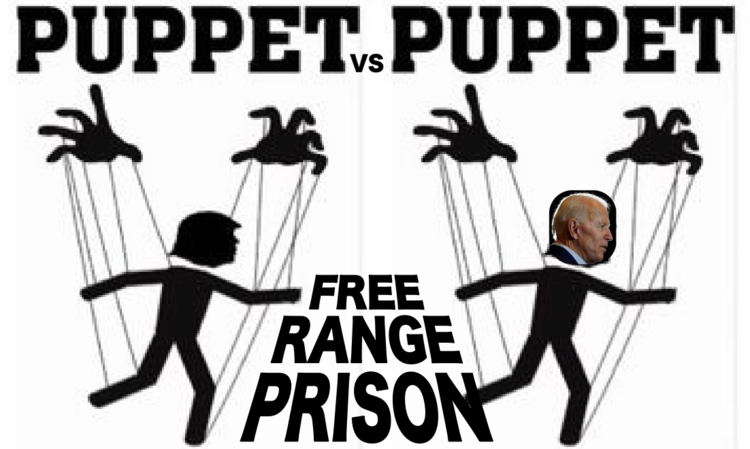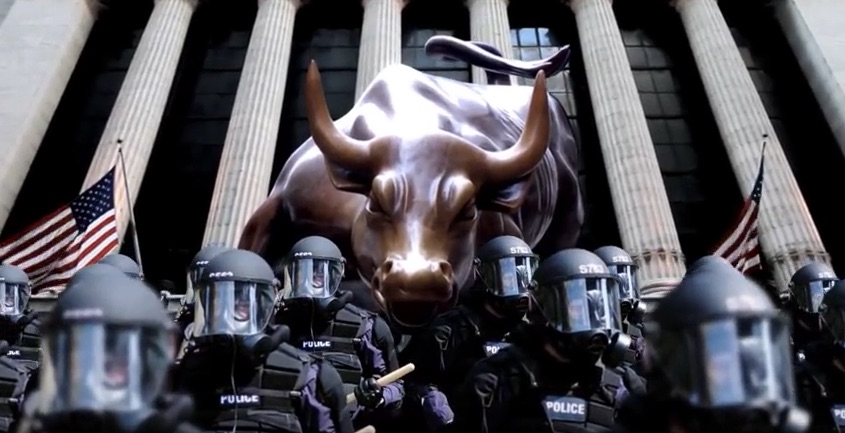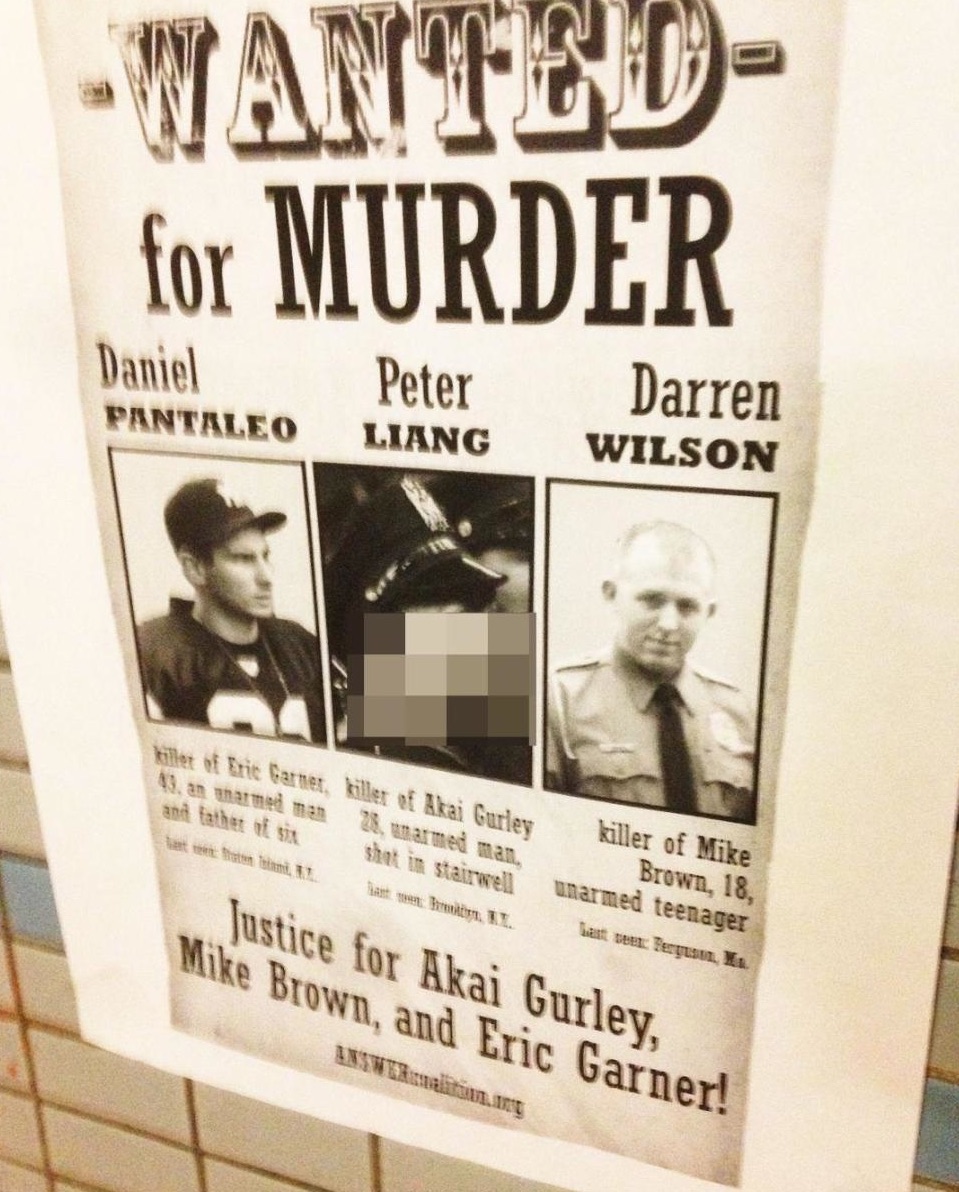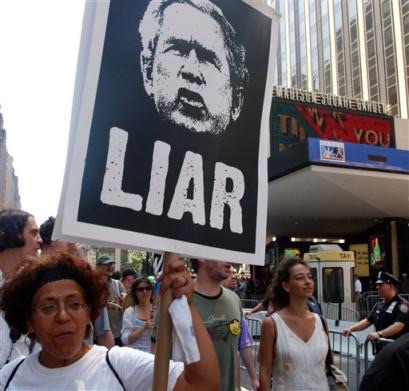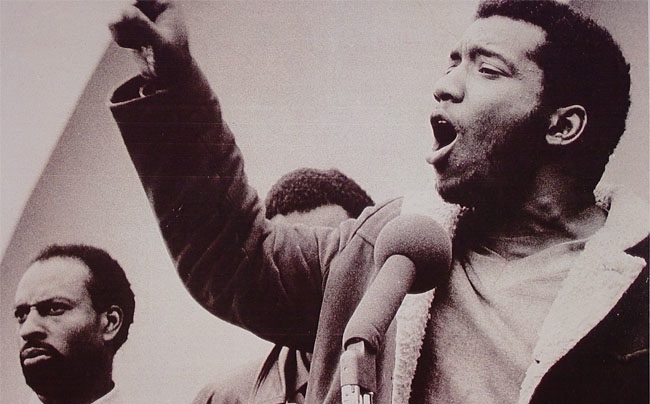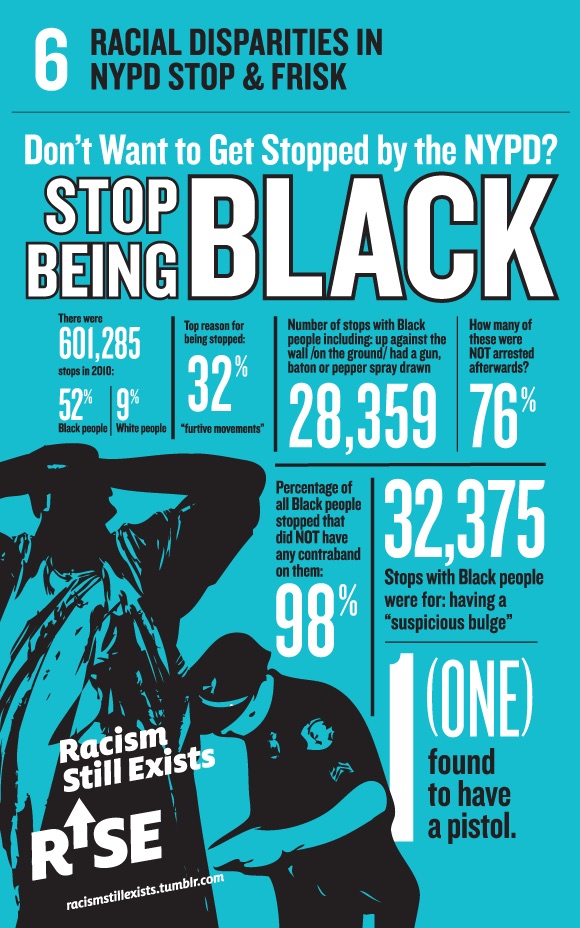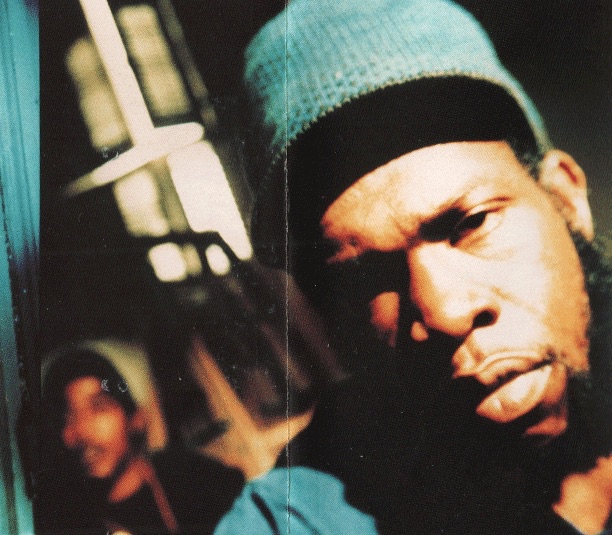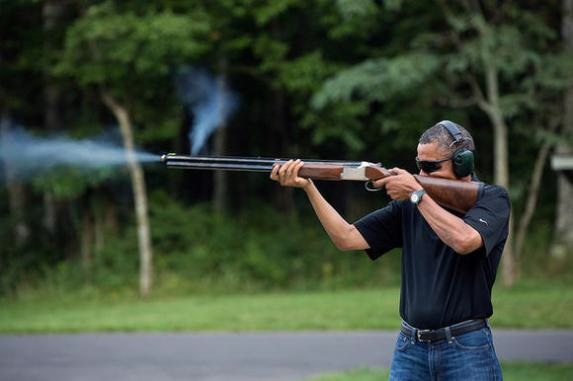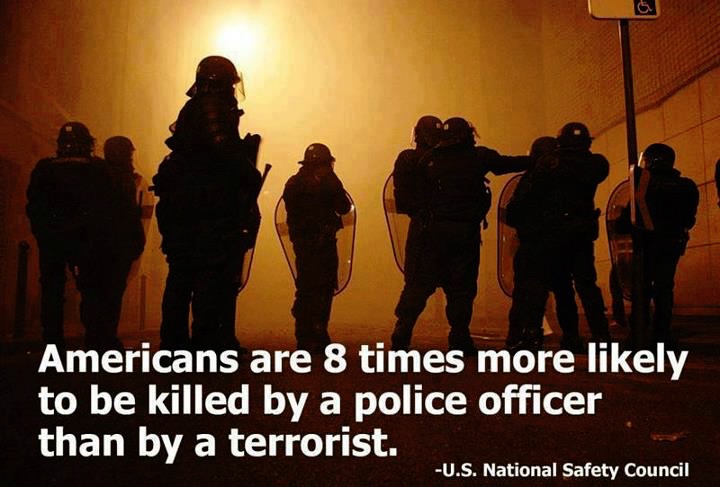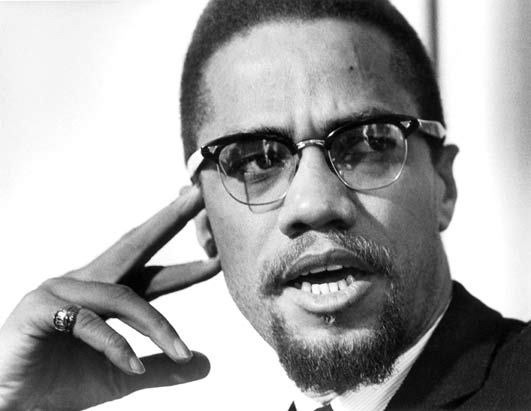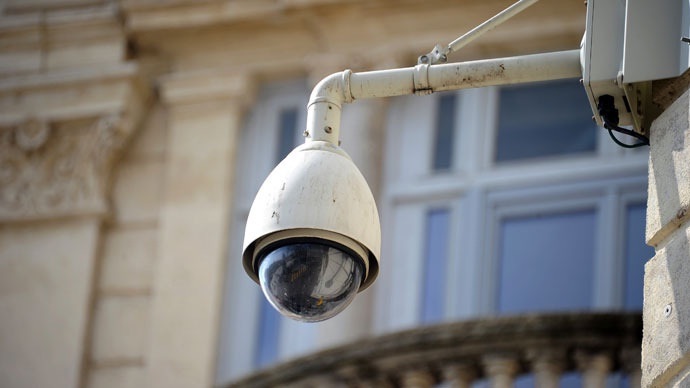[Fear Creates a Need for Security] Racist Trump To Create New [Non-white] Immigrant Jails & Turn Local Cops into de facto deportation forces
/From [The Intercept] ON JANUARY 25, Donald Trump signed two executive orders calling for a series of dramatic new measures aimed at hardening the country’s domestic immigration enforcement apparatus. Despite their grave implications for millions of undocumented immigrants living in the U.S., the measures were largely overshadowed by a particularly high-profile component of the directives — the construction of a border wall between the U.S. and Mexico — and receded further into the background two days later, when Trump signed another order banning travelers from seven Muslim-majority countries from entering the United States.
As the world’s attention was occupied with the chaotic implementation of the travel ban and its dramatic domestic and international impacts, the Trump administration and the Department of Homeland Security has quietly moved forward with elements of the earlier executive orders, according to internal communications obtained by The Intercept.
Trumps orders on border security and public safety in the interior of the U.S. resurrect some of the most controversial immigration enforcement programs of recent years, seek to deputize state and local law enforcement as immigration officials across the country, and threaten major cuts to federal funding for cities that fail to fall in line with the administration’s vision.
In order to address the massive strain those efforts would place on the nation’s already overburdened immigration system, Trump has called for the construction of new immigrant detention facilities along the U.S. border with Mexico — including through private contracts — as quickly as possible. Trump has also directed DHS to “allocate all legally available resources to immediately assign asylum officers to immigration detention facilities” for the purpose of conducting so-called credible fear hearings for asylum seekers. According to internal DHS communications obtained by The Intercept, this latter step is already underway.
In an email sent to personnel on Monday, Kathy Valerin, chief of staff at the Arlington Asylum Office for U.S. Citizenship and Immigration Services, put out a call for asylum officer volunteers to conduct screening interviews at two for-profit immigrant detention facilities in Arizona as part of an ongoing effort to support the president’s orders beginning this week.
“In response to the recent Executive Orders, asylum offices have been instructed to immediately begin sending employees to conduct in-person CF and RF interviews [at] several detention facilities,” Valerin wrote, referring to “credible fear” and “reasonable fear” interviews, which are legally required in asylum cases, depending on the status of the individual. Specifically, Valerin added, USCIS was looking for volunteers to take up posts at private immigrant detention centers in Eloy and Florence, Arizona, “for two-week minimum increments through mid-March.”
USCIS confirmed to The Intercept that the call for volunteers was a response to Trump’s border security order.
“Prior to the EO, USCIS deployed staff on a continuous basis to a number of detention facilities across the country to conduct its credible and reasonable fear work,” Joanne F. Talbot, a USCIS spokesperson, wrote in an email. “We are currently assessing and planning for additional deployments to further advance the directive contained in the Executive Order. USCIS officers will continue to make all credible and reasonable fear screening determinations in a manner that is consistent and in full compliance with the applicable statute and regulations.”
A senior U.S. immigration official, speaking to The Intercept on condition of anonymity, said the volunteer posting would likely involve five or so trained asylum officers, conducting five interviews each per day, at the Arizona detention centers — a total of roughly 125 interviews each week. When asked what the purpose of the call-out for volunteers might signify, the official responded, “I can’t think of any other reason than preps for processing a lot of expedited removal cases.”
Immigration attorneys who spoke to The Intercept largely agreed with that assessment, though they were careful to stress that the call for volunteers alone does not necessarily point to a particular outcome.
Expedited removal is the process for deporting people who have come to the country without the proper paperwork. If individuals in expedited removal ask for asylum or say they fear being returned to their country of origin, they have the right, under U.S. law, to describe their situation before a U.S. asylum officer. If the officer finds that an individual’s claim passes a low threshold of credibility, then the case may be heard before an immigration judge. If not, Immigration and Customs Enforcement takes control of the case and deportation proceedings can move forward.
In its domestic immigration enforcement order, the Trump administration said the executive branch will “end the abuse of parole and asylum provisions currently used to prevent the lawful removal of removable aliens,” raising concerns among some immigration attorneys that asylum seekers could be prioritized for deportation. If that’s the case, credible and reasonable fear hearings would need to be held and detention centers along the border could be one place to start, though it would still be up to individual asylum officers to determine whether detainees pass or fail their screenings.
The administration’s focus on the early stages of the expedited removal process has some attorneys worried that individuals who have already passed their screenings could end up languishing in the system, while deportations of those who have not are prioritized. “I think it’s just going to be long waits for people from this point on,” Greg Siskind, a Tennessee-based immigration attorney, told The intercept.
The Arizona detention facilities where USCIS is currently directing volunteers — Florence and Eloy — are well-known among local immigration attorneys and activists. Both are owned by one of the nation’s largest for-profit prison corporations, CoreCivic, formally known as Corrections Corporation of America. According to the Florence Immigrant and Refugee Rights Project, a nonprofit organization that provides legal services to immigrants in Arizona’s detention system, more than 3,000 “immigrant, refugee, and asylum-seeking women and men [are] detained daily in Florence or Eloy.”
Eloy has been called the “deadliest immigration detention center in the nation” ever since an investigation by the Arizona Republic newspaper found 15 detainees had died at the facility since 2003, including three since October.
Beyond the potential implications of an increased number of asylum officers at Eloy and Florence, which at this point remains to be seen, Lauren Dasse, executive director of the Florence Project, said her organization harbored profound fears that Trump’s domestic immigration directives could make longstanding problems in the state even worse.
“The Florence Project is the only organization providing free legal services to detained immigrant children, women, and men in Arizona,” Dasse wrote in an email. “Based on the executive orders, we are deeply concerned about possible increases to detention, prolonged detention of immigrants including asylum seekers, and threats to individuals’ due process rights. We advocate that every person is treated with dignity and respect and understands their options under immigration law.”
In another dramatic sign that officials in Arizona are beginning to move forward with Trump’s domestic enforcement orders, immigration agents in Phoenix arrested Guadalupe García de Rayos on Wednesday. For eight years the 35 year-old, who has lived in the U.S. since she was a teenager, had regularly checked in with a local ICE office after being arrested in 2008 for using a fake social security card number in order to work. Under the Obama administration, that kind of offense was not prioritized for deportation — that’s no longer the case under president Trump.
“That is precisely what the alarming problem is with Trump’s internal enforcement order,” Cecillia Wang, deputy legal director of the ACLU, told the New York Times.
In interviews with The Intercept, immigration lawyers and advocates echoed those concerns, noting that while Trump’s domestic enforcement orders face congressional hurdles that his travel ban did not, the president’s plans lay the foundations for an aggressive mass deportation apparatus — one that could take the historically high levels of immigrant detention and deportation under Obama to new heights by drastically expanding the range of targeted individuals. Current and former law enforcement and immigration officials, meanwhile, added that the administration’s plans could easily intensify fear in immigrant communities, elevate the risk of racial profiling, and strain the relationship between state and local authorities and the federal government.
Parts of Trump’s domestic immigration enforcement plan, particularly those related to so-called sanctuary cities, have already faced pushback, with mayors of several major cities saying they will fight efforts to withhold federal funding. Last week, San Francisco became the first city to file a lawsuit challenging the order — others are expected to follow. And while Trump has enjoyed support from unions representing the nation’s immigration enforcement agencies, other corners of the law enforcement community are less than enthused about his vision.
Since 2013, the Major Cities Chiefs Association, an organization made up of dozens of senior law enforcement executives from the nation’s largest cities, has publicly rejected efforts to enlist state and local law enforcement officers as ad hoc immigration officers and has opposed measures that would punish cities financially if they fail to cooperate with such initiatives.
Darrel Stephens, executive director of the association, said his organization’s concerns with Trump’s directives were multifaceted. First, Stephens said, the administration fails to define what it considers a sanctuary city to be — beyond a city that fails to abide the White House directives. Second, and more broadly, he said, recruiting state and local law enforcement to act as immigration officials instills fear in immigrant communities, which makes solving crimes more difficult and puts more people — regardless of their immigration status — at risk.
“The funding is a big concern of ours,” Stephens told The Intercept. “Lack of clarity on what the definition is is a big concern of ours. Local police being involved in immigration enforcement creates some enormous challenges from a resource perspective. It’s complicated law. It is very difficult to understand and interpret. And as a practical matter, arresting illegal immigrants, the federal government has no capacity to process them. The detention centers are full. The courts have a two-year backlog.”
Art Acevedo, chief of police for the city of Houston, shared Stephens’s concerns, telling The Intercept that implicit in Trump’s messaging were two false notions. The first is that undocumented immigrants are responsible for a disproportionate amount of violent crime — experts have repeatedly demonstrated that they are not, and Acevedo said his decades of law enforcement experience supported those conclusions. And second is the suggestion that local and state law enforcement aren’t already focused on arresting individuals who violate criminal laws.
“We are charged with keeping people safe from predators and from thieves and from violent members of society,” Acevedo explained. “We’re not charged with going out and wasting and spending our very limited resources booking a day laborer or somebody that, but for their immigration status, have done nothing that would harm our society.”
Rather than engaging in “political theater” designed to please its base, Acevedo suggested the administration instead listen to the concerns of local and state law enforcement executives on the ground, who have long rejected seeing their officers used as de facto deportation forces.
“Sadly, if these type of ill-advised, poorly thought out public polices were to go through — where they try to take away my ability to control the workforce, to control the priorities of my workforce — there are going to be unintended consequences and those unintended consequences are going to result in additional crime,” Acevedo said.
“You cannot be the party of law and order and not listen to your police chiefs and your police executives,” he added. “You can’t. Doesn’t add up.”
“This is a nightmare scenario,” Heidi Altman, director of policy at the National Immigrant Justice Center, told The Intercept. Altman pointed to three elements of the administration’s initial orders as key areas of concern. The first is the range of individuals to be targeted by Trump’s immigration enforcement agents, which grows increasingly broad as the public safety in the interior order unfolds and, according to a recent analysis by the Los Angeles Times, could ensnare as many as 8 million people.
In the view of the administration, any “removable alien” who has broken a law or been suspected of breaking a law is fair game for deportation — regardless of whether that person was convicted or even charged with a crime. The order goes on to say that any person from that category who authorities believe “committed acts that constitute a chargeable criminal offense” can and should be targeted as well. Whether that person is a young student suspected of a traffic violation or grandmother who’s lived in the country for decades is immaterial; both are on par with a violent criminal in Trump’s America and can expect to face the same consequence: removal from the country.
Second, Altman explained, Trump’s order calls for the revitalization of two deeply controversial immigration enforcement initiatives: the widely reported program known as Secure Communities and a lesser known, though arguably more aggressive program known as 287(g).
Spearheaded by the Bush administration and expanded under Obama, the DHS-administered Secure Communities program partnered ICE with local jails to facilitate the sharing of biometric data between detention facilities and ICE officials. After years of criticism from immigration advocates, who argued that the program routinely went far beyond targeting violent offenders, the Obama administration ended Secure Communities in November 2014, replacing it with a similar initiative known as the Priority Enforcement Program.
The second program slated for expansion under the Trump administration, 287(g), permits partnerships between local jails and ICE agents as well, but also goes a step further, allowing local and state law enforcement officers on the street to be deputized as immigration officials. Investigations by the Department of Justice and the American Civil Liberties Union have repeatedly linked implementation of 287(g) to systemic patterns of racial profiling and constitutional rights violations in Latino communities.
The third element of the Trump domestic enforcement plan Altman pointed to is the administration’s targeting of sanctuary cities — described in the order as “jurisdictions across the United States [that] willfully violate Federal law in an attempt to shield aliens from removal from the United States.” Under the order, cities that refuse to comply with the administration’s enforcement directives will be cut off from federal grants “except as deemed necessary for law enforcement purposes by the Attorney General or the Secretary [of DHS].” According to an analysis by Reuters, implementation of this component of Trump’s order would threaten $2.27 billion in annual funds for the nation’s 10 largest cities, including hundreds of millions of dollars intended for Head Start pre-school programs, public housing, and HIV prevention and relief.
Combining the broadened categories of people prioritized for enforcement, the enlistment of local and state authorities to execute that enforcement, and the “coercive threats against sanctuaries or restrictions,” makes for a “very toxic” brew, Altman argued.
“When you put the three of them together, you just have the most fertile ground possible for racial profiling and terrorized immigrant communities who are going to be too frightened to cooperate with their local police,” she said.
Altman is not alone in her grim assessment. In a legal breakdown following the signing of the order, immigration attorney David Leopold argued that Trump’s directive is a loaded gun with millions of immigrants in its crosshairs. “Trump’s plan is a blueprint to implement his campaign promises of mass deportation, and it puts in place the Deportation Force to carry out his plan,” Leopold wrote on Medium. “It’s clear that the executive orders were crafted by the most extreme anti-immigrant zealots in Trump’s orbit.”
“I don’t want to say one order is more important than the other one,” Leopold told The Intercept, noting that the dramatic human impact of Trump’s travel ban is self-evident, not to mention the deep legal concerns raised by the order. But, he added, Trump’s order on internal immigration enforcement is “just as important” and has unfortunately slipped beneath the public’s radar.
“I shudder to think about what’s going to happen once that’s implemented, and we’re already seeing signs,” Leopold said. “He has made, or I want to say Steve Bannon has made, every immigrant in this country a priority.”
“That thing is vicious,” Leopold added. “It’s vicious.”

